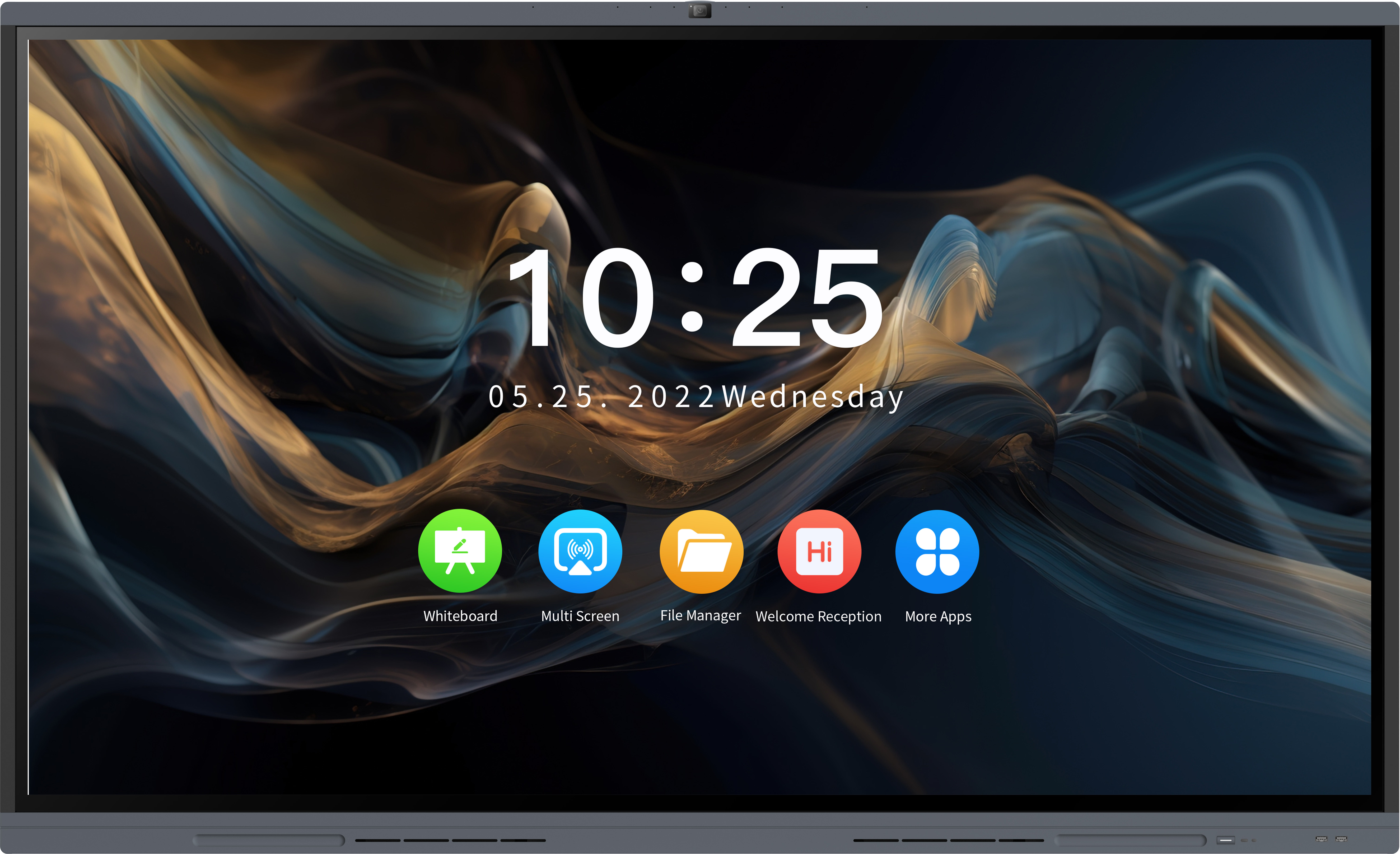Exploring the Ubiquitous Presence and Invaluable Role of Interactive Whiteboards in Modern Education
Revolutionizing Traditional Teaching Methods: The Advent of Interactive Whiteboards

Revolutionizing Traditional Teaching Methods: The Advent of Interactive Whiteboards

The emergence of technology in education has brought about a transformative change in traditional teaching methods. One such technological innovation that greatly influences classroom dynamics is the interactive whiteboard. With its fusion of a traditional whiteboard and computer technology, the interactive whiteboard revolutionizes the learning experience and enhances student engagement.
The interactive whiteboard serves as a multipurpose tool that allows teachers to present information, share multimedia content, and encourage student participation. Its touch-sensitive display enables educators to annotate, write, and highlight content effortlessly. Equipped with audio and video capabilities, interactive whiteboards facilitate real-time interaction, fostering an enriched educational environment.
Benefits of Classroom Interactive Whiteboards for Enhanced Learning
1. Improved Student Engagement: Interactive whiteboards captivate students' attention by offering visually appealing and interactive lessons. The integration of multimedia elements, such as videos, images, and interactive activities, sustains students' interest, encouraging active participation and facilitating a dynamic learning process.
2. Collaborative Learning Opportunities: Interactive whiteboards facilitate collaboration by enabling multiple students to work together simultaneously. Students can contribute their ideas, solve problems collectively, and engage in group discussions, promoting cooperation and teamwork.
3. Increased Retention and Understanding: The interactive nature of whiteboard technology stimulates multi-sensory learning, reinforcing students' understanding and knowledge retention. The combination of auditory, visual, and kinesthetic stimuli helps students grasp complex concepts more effectively and aids in long-term memory consolidation.
The Significance of Interactive Whiteboards in Modern Education
1. Bridging the Technological Divide: Interactive whiteboards bridge the digital divide by offering equal access to technology and digital resources. They create a leveled playing field for students, allowing them to acquire essential digital skills and adapt to the technological demands of the 21st century.
2. Personalized Learning Experiences: Interactive whiteboards cater to diverse learning styles and individual needs. Teachers can tailor lessons to accommodate varying student abilities, providing personalized learning experiences. Customizable features and interactive software enable students to learn at their own pace, fostering a student-centric approach to education.
3. Developing Critical Thinking Skills: Interactive whiteboards promote critical thinking by encouraging students to analyze, evaluate, and interpret information. The interactive nature of whiteboard technology sparks curiosity and enhances problem-solving abilities, nurturing essential skills required for future success.
Conclusion
The status and value of classroom interactive whiteboards in modern education are undeniable. With their ability to captivate students, facilitate collaboration, and enhance understanding, interactive whiteboards have become an integral part of the contemporary educational landscape. As educators continue to harness the power of technology, interactive whiteboards will undoubtedly play a pivotal role in shaping the future of education.

